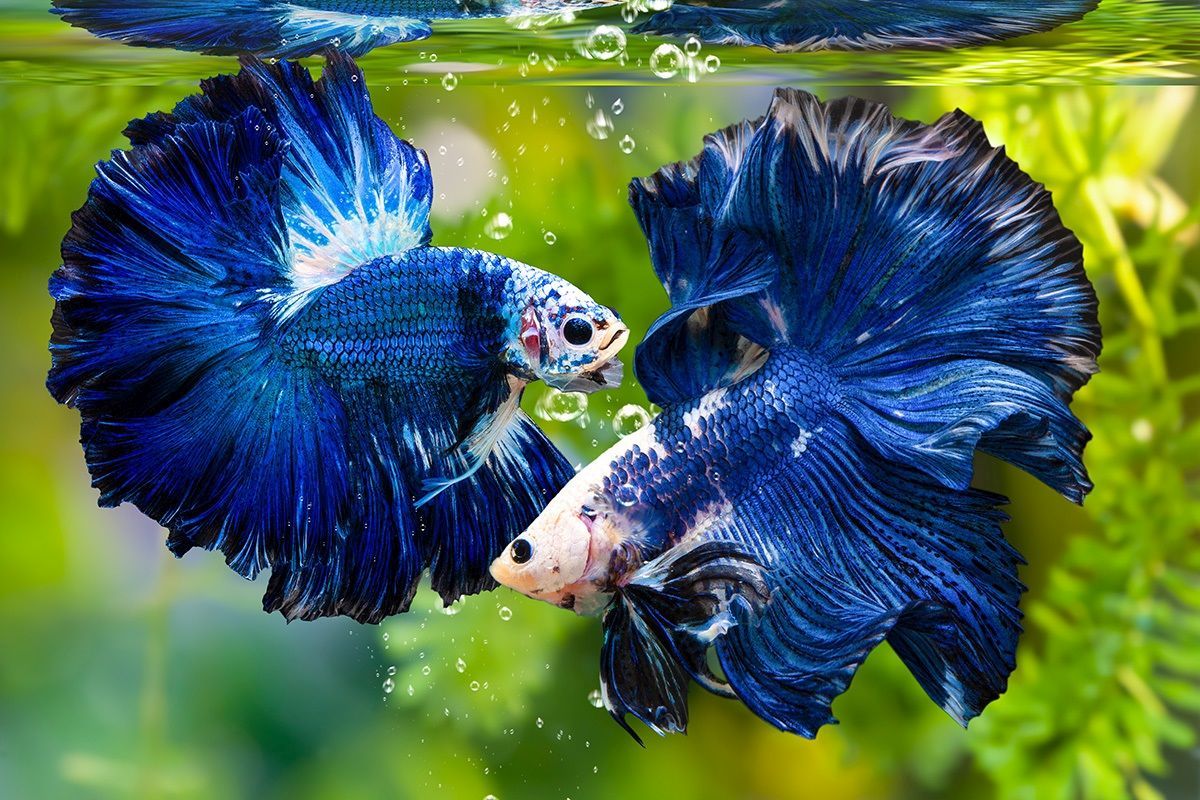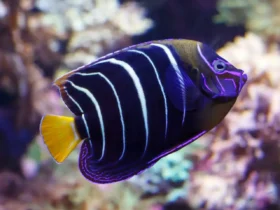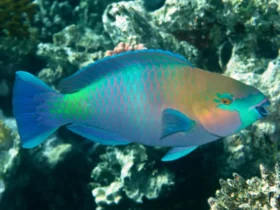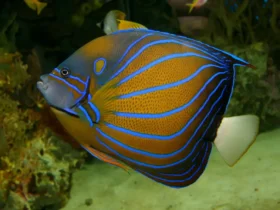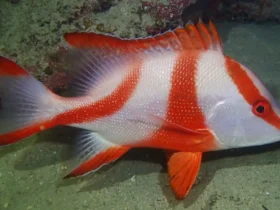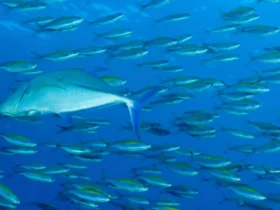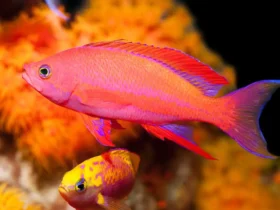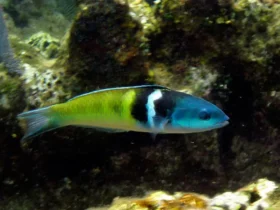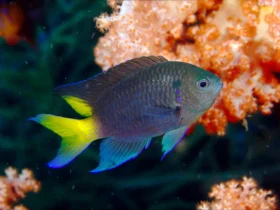The Lemonpeel Angelfish (Centropyge flavissima) is a striking and vibrant marine fish species that adds a burst of color to any saltwater aquarium. Known for its lemon-yellow body, blue-edged fins, and unique pattern, the Lemonpeel Angelfish is a favorite among marine enthusiasts. In this article, we will explore the captivating world of the Lemonpeel Angelfish, discussing its appearance, habitat, behavior, and considerations for keeping it in an aquarium.
Lemonpeel Angelfish images
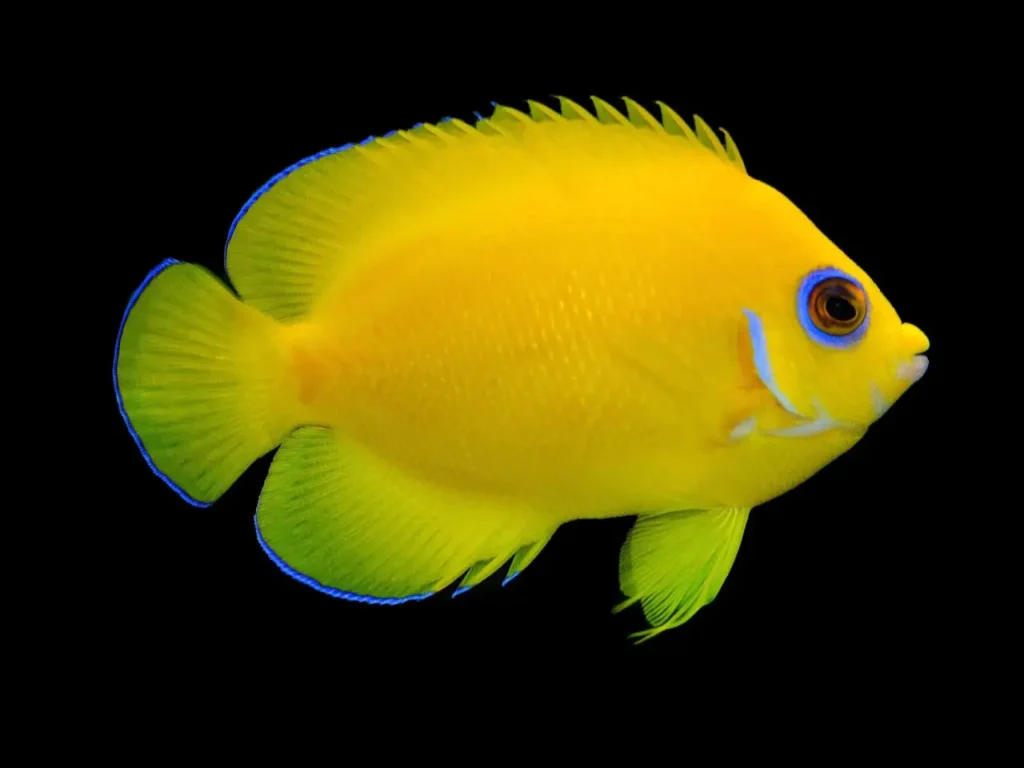
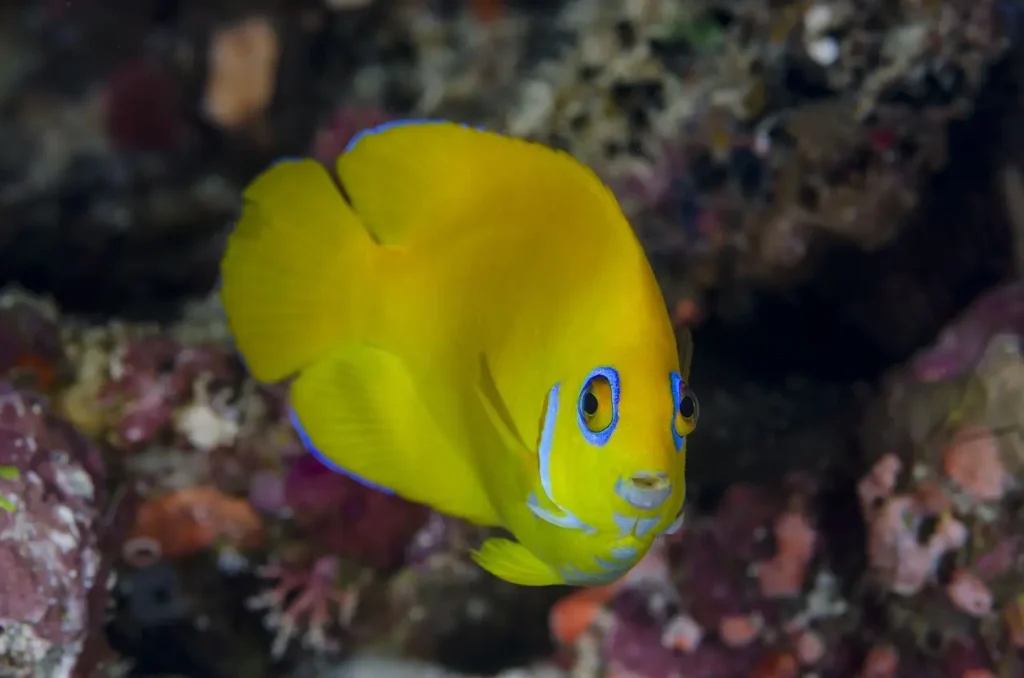
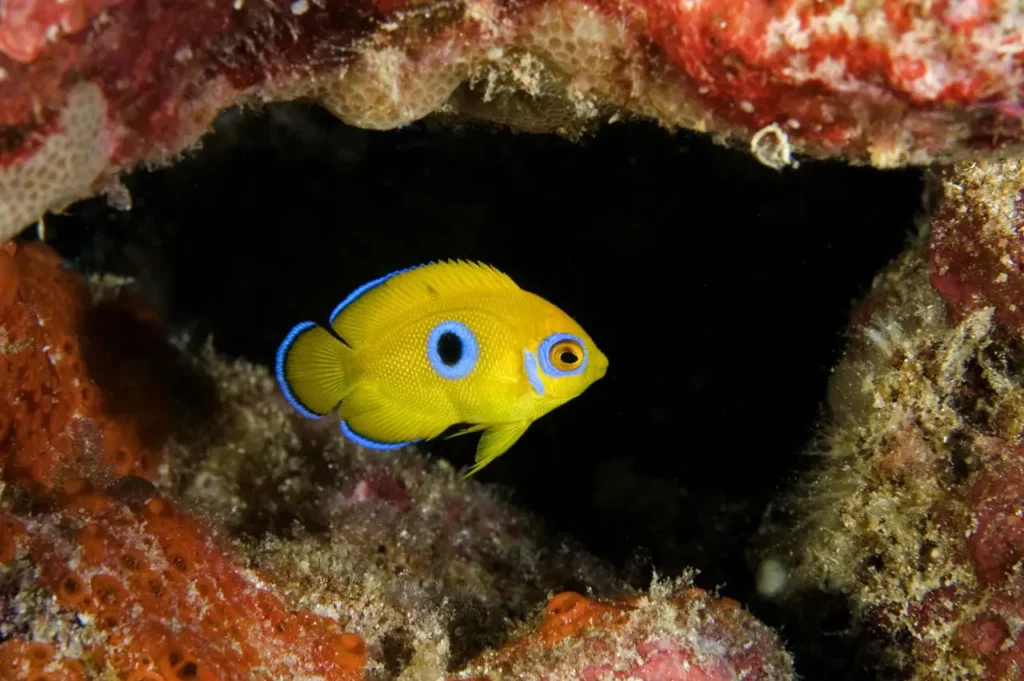
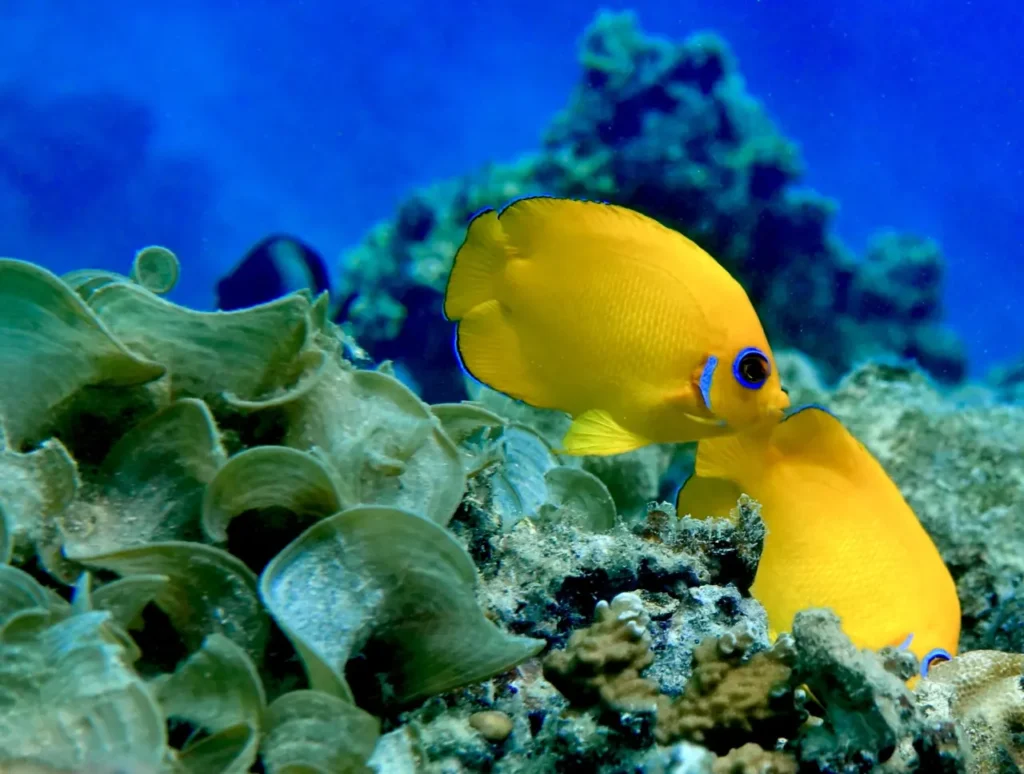
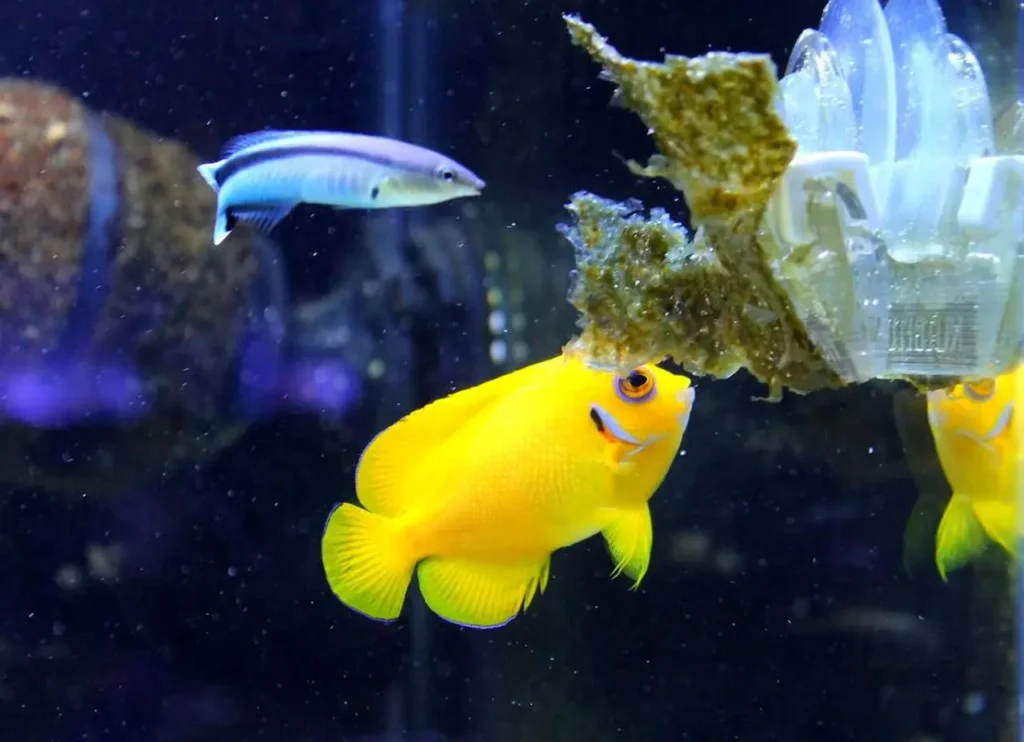
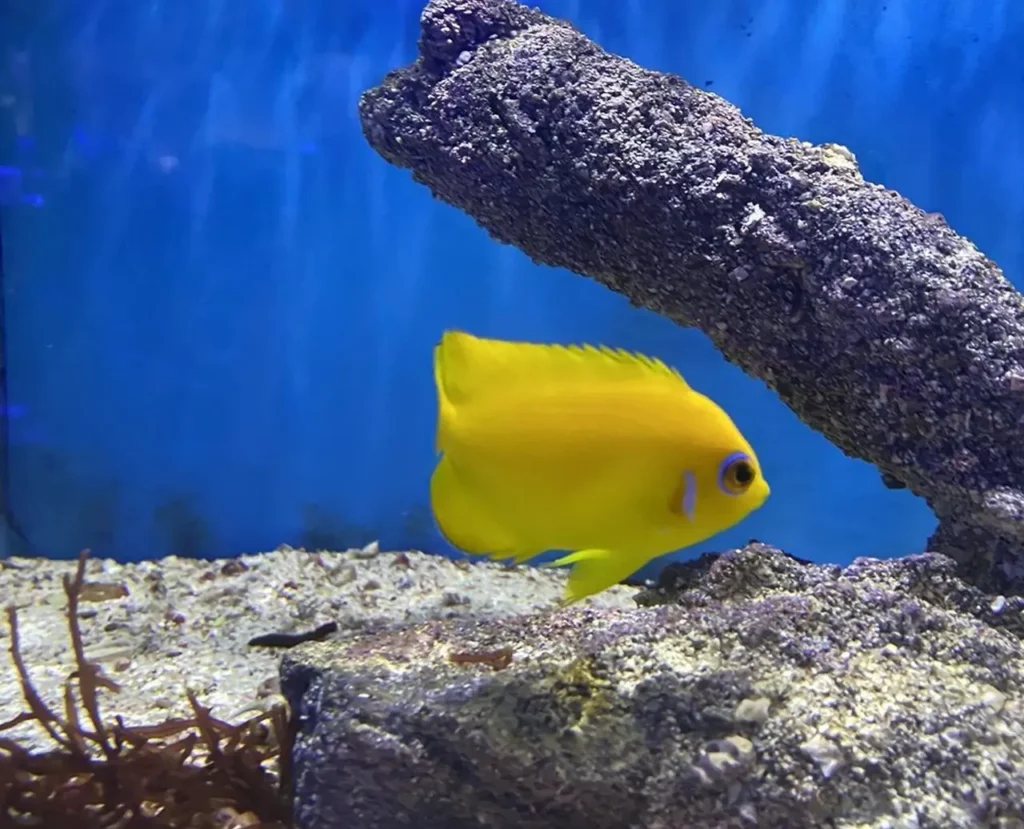
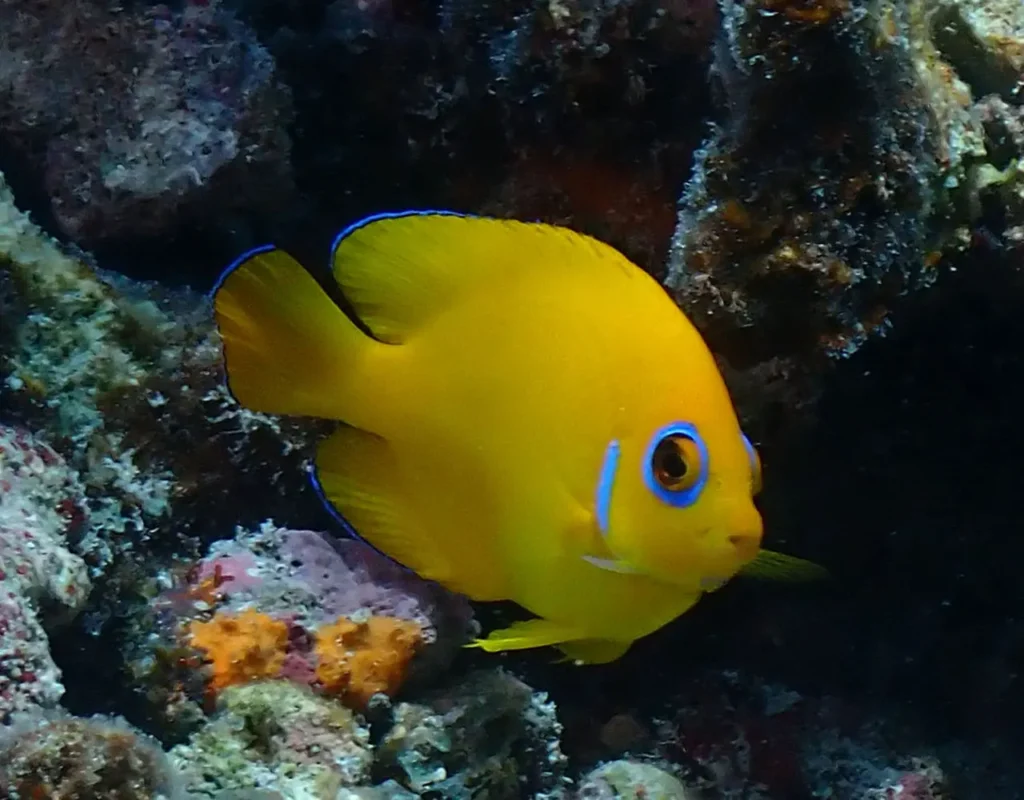
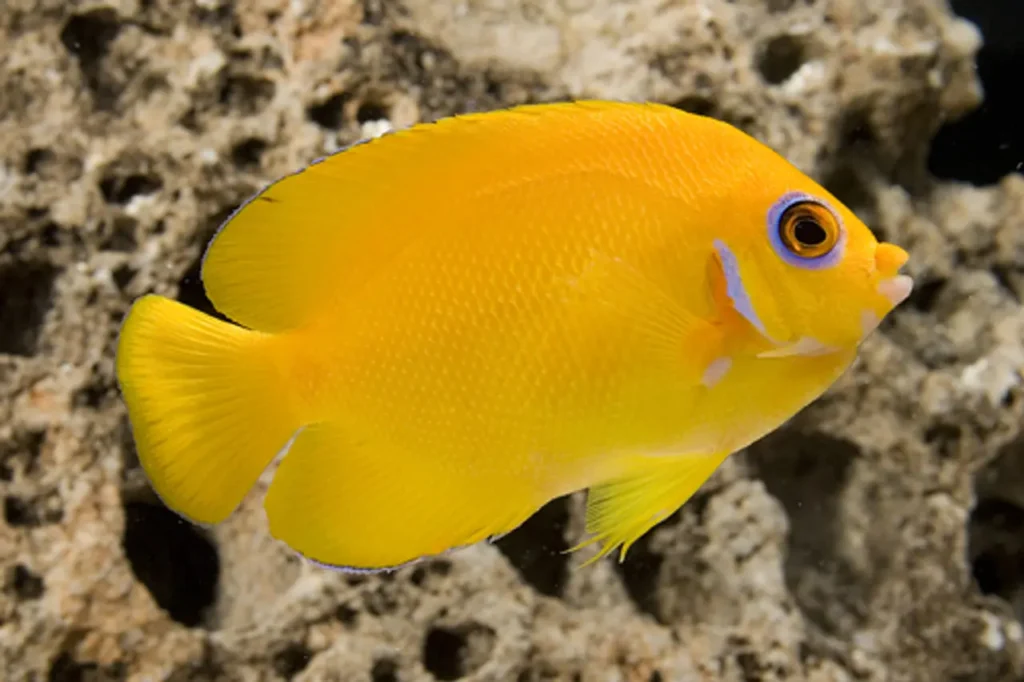
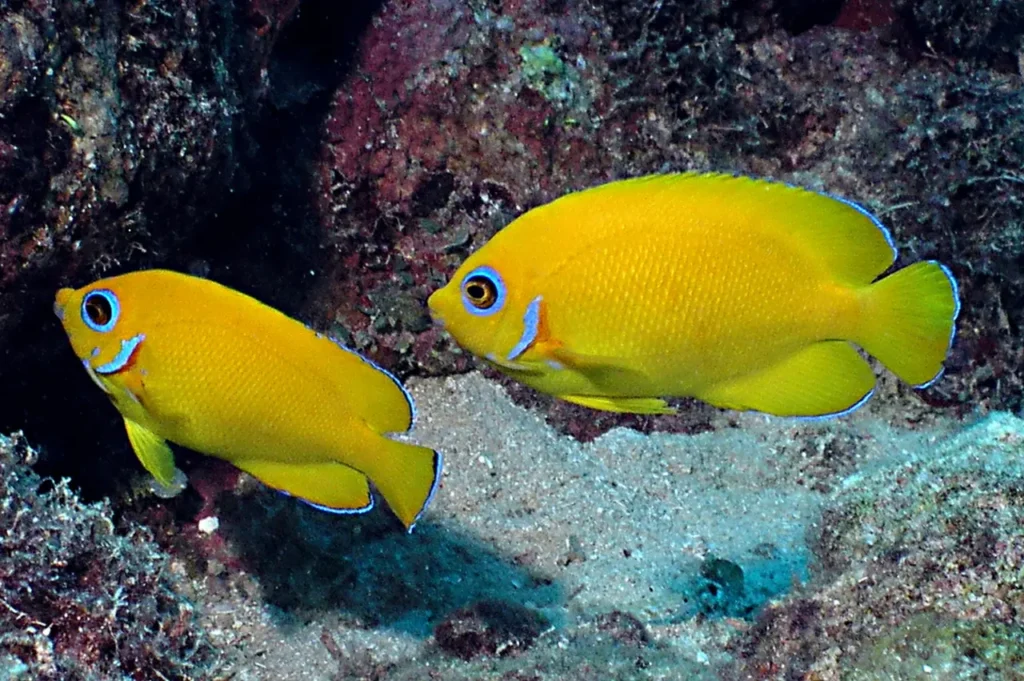
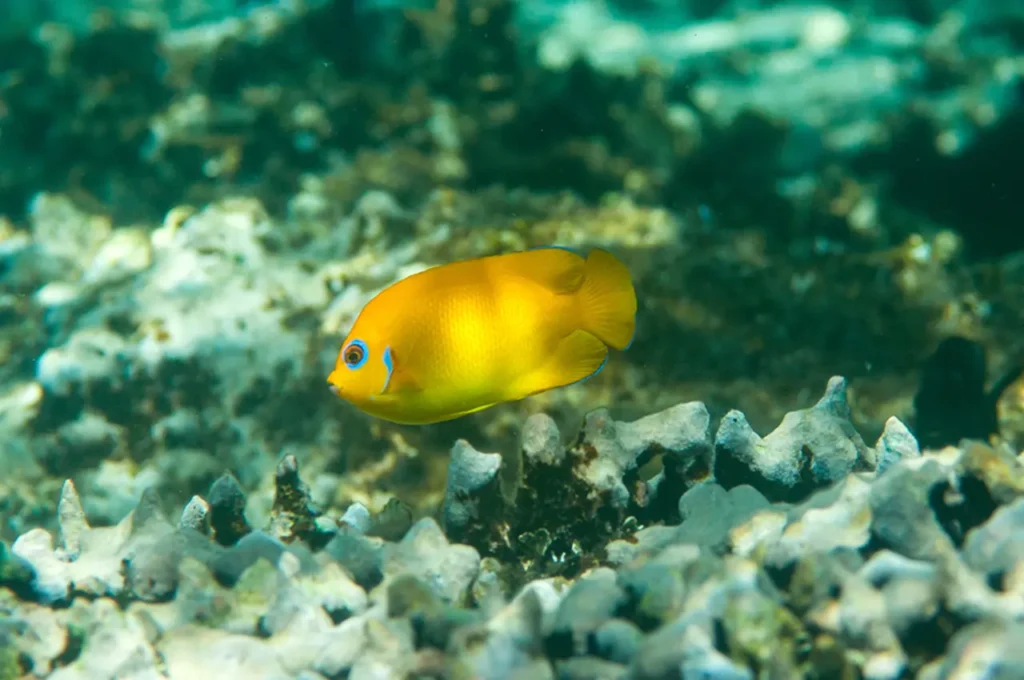
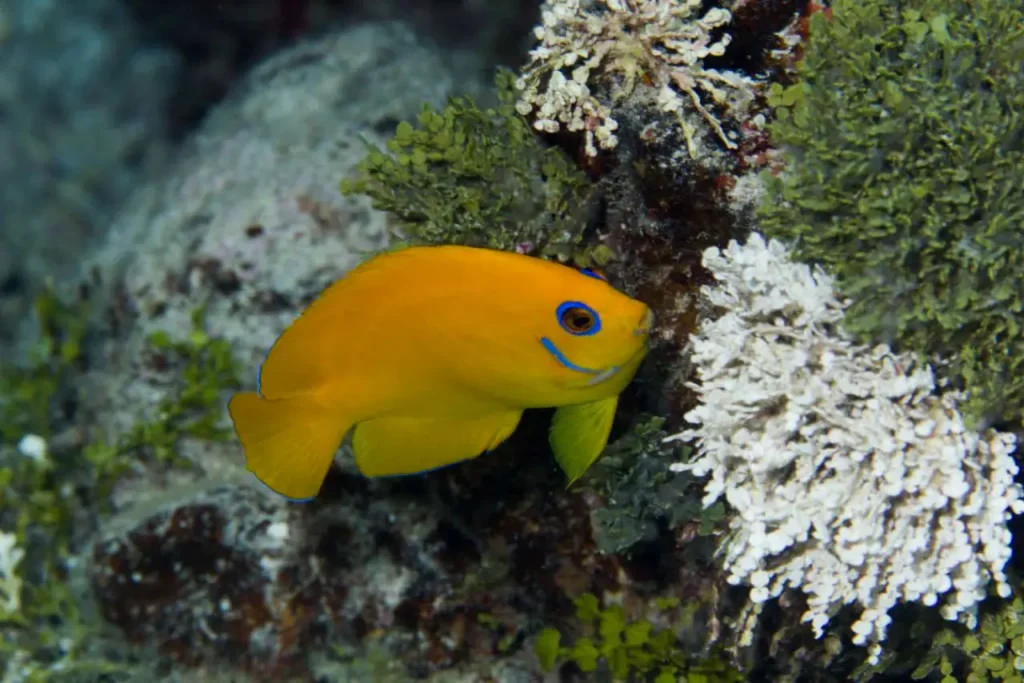
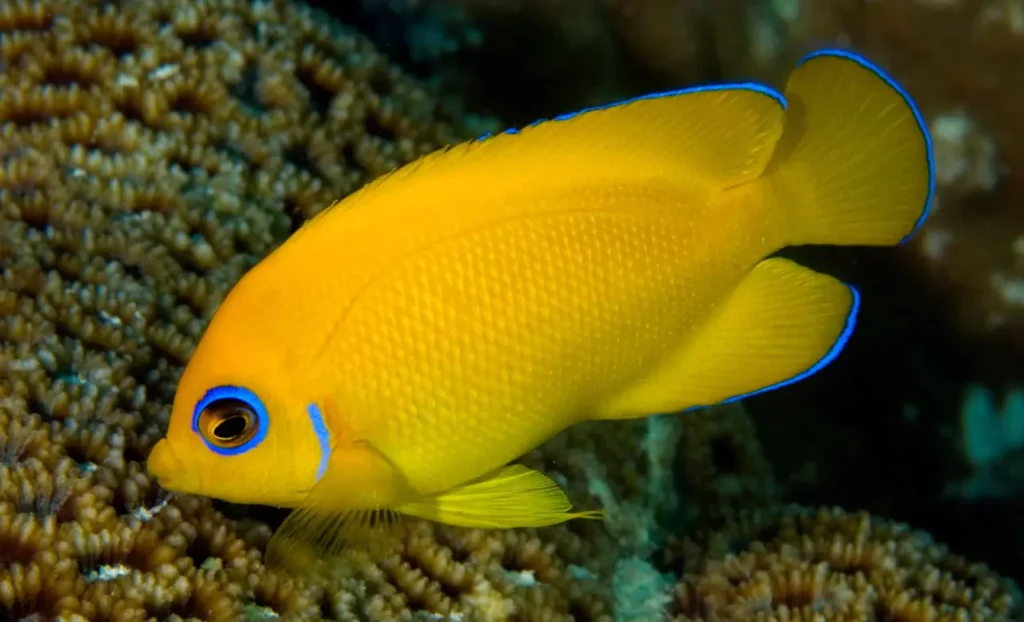
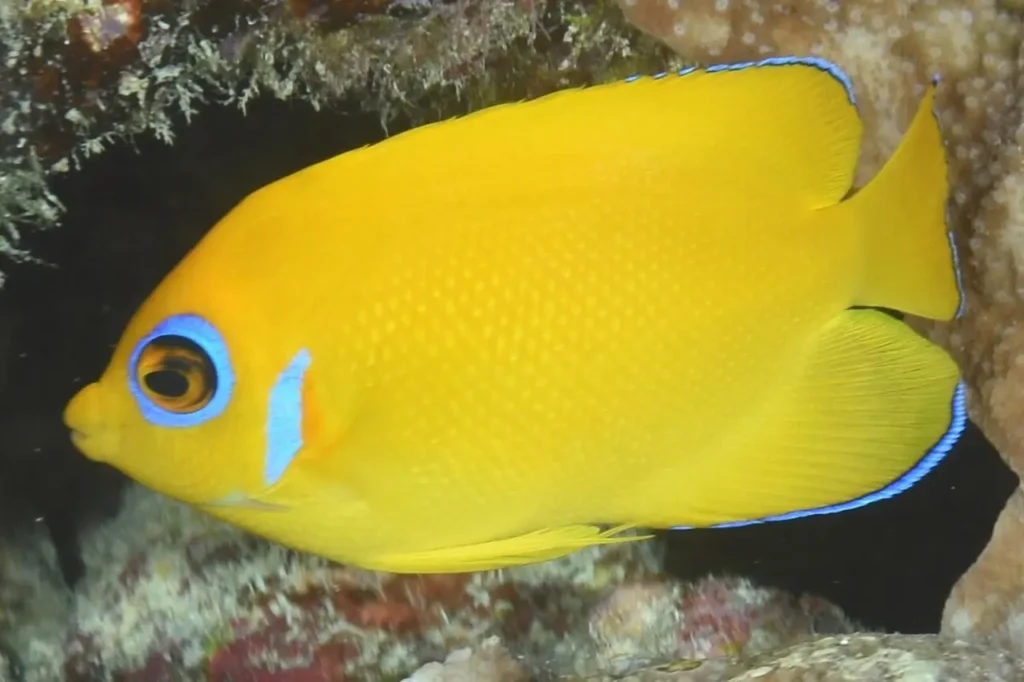
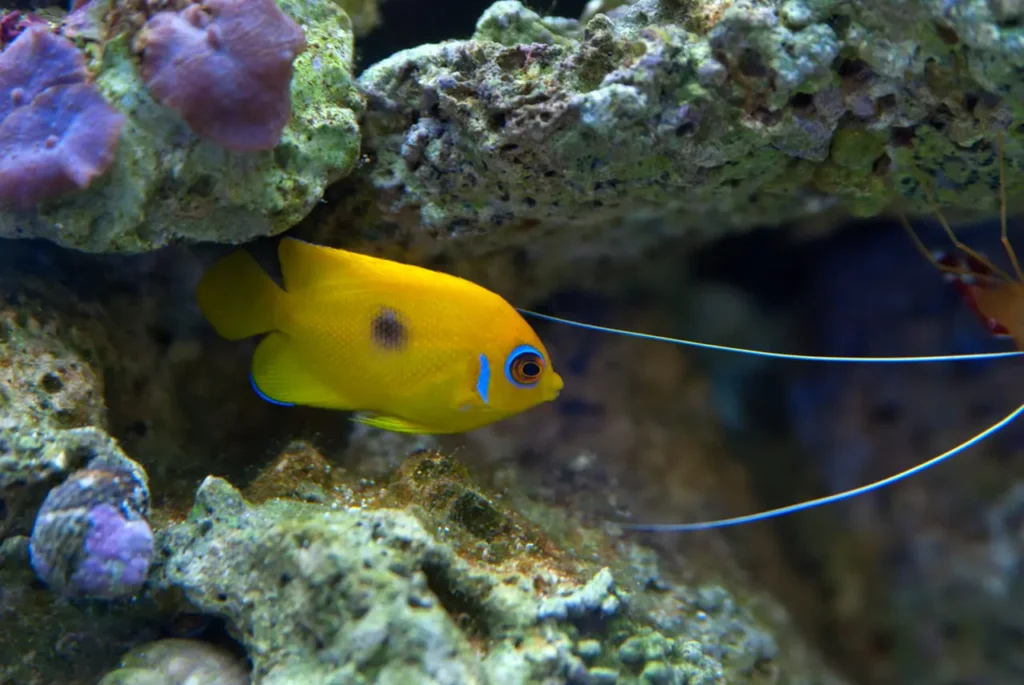
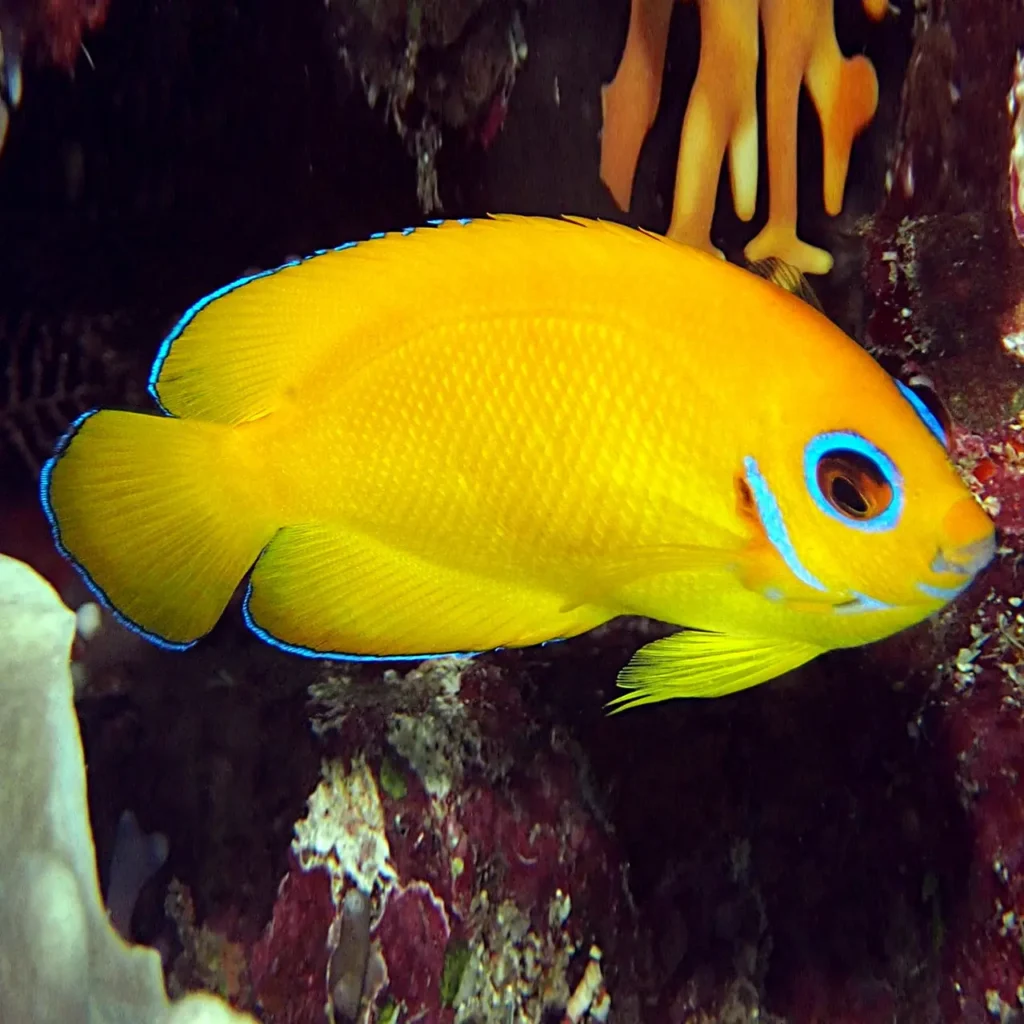
Appearance
The Lemonpeel Angelfish has a distinct and eye-catching appearance. It features a bright yellow body that resembles the color of a ripe lemon, hence its name. The dorsal and anal fins of the Lemonpeel Angelfish are bordered with electric blue, creating a beautiful contrast against the vibrant yellow. It also possesses a dark-blue eyespot on its dorsal fin, which is thought to deter potential predators. With its elongated and laterally compressed body, it exudes elegance and grace.
Habitat and Distribution
Lemonpeel Angelfish are native to the Indo-Pacific region, specifically the reefs and rocky outcrops of the Western Pacific Ocean, including the waters around Indonesia, the Philippines, and the Great Barrier Reef. They are often found in areas with abundant coral growth and rocky crevices, where they can seek shelter and forage for food.
Behavior and Feeding
Lemonpeel Angelfish are generally peaceful fish but can become territorial, especially towards other angelfish or fish with similar body shapes. They are known to establish their territory within the aquarium or their natural habitat. In the wild, they primarily feed on filamentous algae, detritus, and small invertebrates. When kept in an aquarium, it is important to provide them with a varied diet consisting of high-quality marine pellets or flakes, supplemented with algae sheets, spirulina-based foods, and occasional live or frozen meaty foods like brine shrimp and mysis shrimp.
Aquarium Care
Keeping a Lemonpeel Angelfish in an aquarium requires careful attention and proper care to ensure its well-being. Here are some key points to consider:
- Tank Size and Setup: Lemonpeel Angelfish need an aquarium with a minimum capacity of 30 gallons. The tank should be equipped with live rock structures, caves, and hiding places, as these fish appreciate a secure environment. It is advisable to provide ample swimming space while maintaining a well-established and stable marine ecosystem.
- Water Parameters: Lemonpeel Angelfish prefer a temperature range of 72-78°F (22-26°C) and a pH level between 8.1 and 8.4. The specific gravity should be maintained around 1.020-1.025, and regular monitoring of ammonia, nitrite, and nitrate levels is essential.
- Tankmates: When selecting tankmates for a Lemonpeel Angelfish, it is important to choose peaceful species that are compatible with its territorial behavior. Avoid housing them with aggressive or larger fish that may intimidate or harass them. Care should also be taken when introducing them to other angelfish to avoid territorial conflicts.
- Maintenance: Regular water changes, proper filtration, and monitoring of water parameters are crucial for maintaining optimal water quality. Additionally, providing ample algae growth or incorporating algae sheets into their diet helps satisfy their natural grazing behavior.
The Lemonpeel Angelfish is a dazzling addition to any saltwater aquarium, with its vibrant yellow color and contrasting blue accents. However, it is important to note that they require a well-maintained aquarium, proper feeding, and a suitable environment to thrive. With the right care and attention, the Lemonpeel Angelfish can become a centerpiece in your marine
